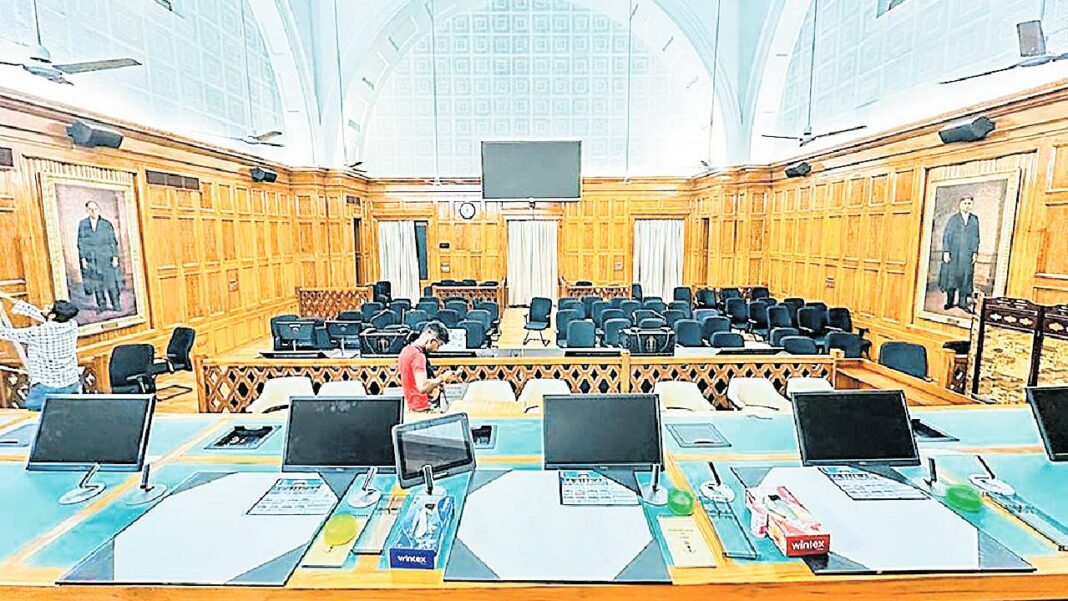PNS|New Delhi
The first five courtrooms of the Supreme Court have become WiFi-enabled, Chief Justice of India (CJI) D Y Chandrachud announced on Monday, in a significant step towards the digitisation of the top court.
The court has made facility available to all lawyers, litigants, mediapersons, and other stakeholders visiting the premises.
The step was taken as part of the e-initiatives and the facility can be availed by logging in to “SCI WiFi”.
“We have made courts 1 to 5 WiFi-enabled. The bar rooms are WiFi-enabled as well. All courtrooms will now be like that — no books and papers — which is not to say that we will not rely on books and papers at all,” the CJI said at the outset of the day’s proceedings in the refurbished courtroom.
“Please give me the feedback whether everything is working well,” Justice Chandrachud said.
The top court reopened on Monday after the six-week summer vacation. For using the wi-fi facility, one has to enter his mobile number, get a one-time password (OTP) and use it for authentication, an apex court official said.
In a circular, the court said, “As part of the e-initiatives in the Supreme Court of India, the facility of free Wi-Fi is made available for advocates, litigants, media persons and other stakeholders visiting the Supreme Court of India.
“For the present, this facility will be available at the Chief Justice’s Court, Court Nos. 2 to 5, including corridor and Plaza in front, both waiting areas in front of plaza canteen and Press Lounge-I and II, with effect from 03.07.2023.” Later, the top court, in a press statement, said that it has undertaken “futuristic upgrades” as part of green initiatives for optimum use of technology in justice delivery systems.
“A series of futuristic upgrades have been implemented in Court No. 1 to 3 at the Supreme Court of India under the dynamic vision of the Hon’ble the Chief Justice of India, Dr Dhananjaya Y Chandrachud to enhance the use of technology in Judicial Systems,” it said.
The enhancements in the courtrooms include installation of “a state-of-the-art Digital Video Conferencing (VC) system” to facilitate efficient communication and collaboration, it said.
“This system enables remote participation and virtual meetings, enhancing the accessibility and connectivity of the courtrooms. Cable cubbies have been integrated into these courtrooms to fulfil the diverse connectivity needs of modern technology.




